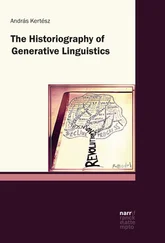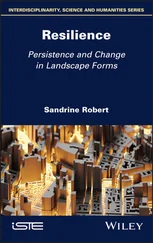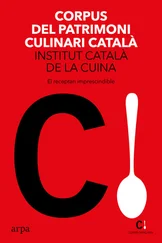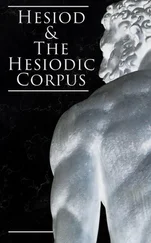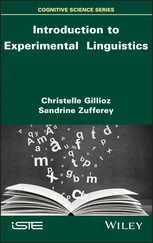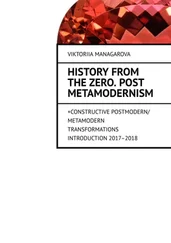56 52
57 53
58 54
59 55
60 56
61 57
62 58
63 59
64 60
65 61
66 62
67 63
68 64
69 65
70 66
71 67
72 68
73 69
74 70
75 71
76 72
77 73
78 74
79 75
80 76
81 77
82 78
83 79
84 80
85 81
86 83
87 84
88 85
89 86
90 87
91 88
92 89
93 90
94 91
95 92
96 93
97 94
98 95
99 96
100 97
101 98
102 99
103 100
104 101
105 102
106 103
107 104
108 105
109 107
110 108
111 109
112 110
113 111
114 112
115 113
116 114
117 115
118 116
119 117
120 118
121 119
122 120
123 121
124 122
125 123
126 124
127 125
128 126
129 127
130 128
131 129
132 130
133 131
134 132
135 133
136 134
137 135
138 136
139 137
140 138
141 139
142 140
143 141
144 142
145 143
146 144
147 145
148 146
149 147
150 148
151 149
152 150
153 151
154 152
155 153
156 154
157 155
158 156
159 157
160 158
161 159
162 160
163 161
164 162
165 163
166 164
167 165
168 166
169 167
170 168
171 169
172 170
173 171
174 172
175 173
176 174
177 175
178 176
179 177
180 178
181 179
182 180
183 181
184 182
185 183
186 184
187 185
188 186
189 187
190 188
191 189
192 190
193 191
194 192
195 193
196 195
197 196
198 197
199 198
200 199
201 200
202 201
203 202
204 203
205 204
206 205
207 206
208 207
209 208
210 209
211 210
212 211
213 212
214 213
215 214
216 215
217 216
218 217
219 218
220 219
221 220
222 221
223 222
224 223
225 224
226 225
227 226
228 227
229 228
230 229
231 230
232 231
233 232
234 233
235 234
236 235
237 236
238 237
239 238
240 239
241 240
242 241
243 242
244 243
245 244
246 245
247 246
248 247
249 248
250 249
251 250
252 251
253 252
254 253
255 256
256 257
257 258
258 259
Introduction to Corpus Linguistics
Sandrine Zufferey

First published 2020 in Great Britain and the United States by ISTE Ltd and John Wiley & Sons, Inc.
Apart from any fair dealing for the purposes of research or private study, or criticism or review, as permitted under the Copyright, Designs and Patents Act 1988, this publication may only be reproduced, stored or transmitted, in any form or by any means, with the prior permission in writing of the publishers, or in the case of reprographic reproduction in accordance with the terms and licenses issued by the CLA. Enquiries concerning reproduction outside these terms should be sent to the publishers at the undermentioned address:
ISTE Ltd
27-37 St George’s Road
London SW19 4EU
UK
www.iste.co.uk
John Wiley & Sons, Inc.
111 River Street
Hoboken, NJ 07030
USA
www.wiley.com
© ISTE Ltd 2020
The rights of Sandrine Zufferey to be identified as the author of this work have been asserted by her in accordance with the Copyright, Designs and Patents Act 1988.
Library of Congress Control Number: 2020938264
British Library Cataloguing-in-Publication Data
A CIP record for this book is available from the British Library
ISBN 978-1-78630-417-9
Since the 1990s, linguistics has progressively experienced a fundamental methodological turning point. Following the works of American linguist Noam Chomsky, it changed from the essentially rationalist discipline it had been since the middle of the 20th Century, and gradually (re)opened up the empirical approaches represented by corpus linguistics and experimental linguistics. Over the past decade, this transition has accelerated even more, in such a way that the majority of linguistic works published in international journals currently make use of empirical data. Thus, linguistic corpora have gradually established themselves as fundamental tools for linguists, and their use has spread to other fields in linguistics, including those traditionally favoring a rationalist approach, such as syntax. The development of corpus linguistics has led to the creation of new methods for collecting and analyzing linguistic data, which were made possible thanks to the development of computers and the arrival of the Internet. This new direction in linguistics has encouraged spectacular advances for dealing with the multiple facets of human language in all its complexity from a scientific perspective. Our book intends to introduce such a wealth to readers who are not particularly used to reading linguistics-oriented literature.
In our times, the ability to quantitatively analyze corpus data has become an integral part of the linguist’s toolbox. Nevertheless, the use of such data is based on precise theoretical and methodological principles, which require a thorough understanding. This turning point in linguistics implies the need to introduce the new generations of students to the use of these methods which will help them understand the issues underlying their use in scientific literature, to critically assess the results obtained, and to use them in the context of their academic work. Our book is intended as an educational support for students and, in general, for all those wishing to learn the use of corpora in linguistics.
The material introduced in this book does not presuppose prior skills other than basic linguistic knowledge, as well as a minimum command of the most common computer tools, such as spreadsheet software. This book has been designed as study material for teaching corpus linguistics at university initiatory phases, as well as a tool for students wishing to be trained in the use of corpora. Students will be able to work independently thanks the revision questions presented at the end of each chapter, and the detailed answers provided.
As it is an introductory work, this book is necessarily partial and does not deal with all the questions raised by the use of corpora in different linguistic disciplines. It does not cover certain advanced analysis methods which require a high level of computer and statistical skills for data analysis. However, further readings are suggested at the end of each chapter that will enable those who wish to deepen one or other of the aspects presented to go a step beyond.
Finally, this book places a special emphasis on French as an object of study. While it is true that corpus linguistics has imposed itself in an incontestable manner in the English-speaking world and that a significant proportion of French-speaking researchers currently use these methods, the teaching of corpus linguistics still remains marginalized in France. Therefore, this book also aims to highlight the vitality and richness of corpus studies devoted to French, as well as identify the most important resources which have been developed for this language, in the hope of making a contribution to the rise of this discipline for the study of French.
Читать дальше
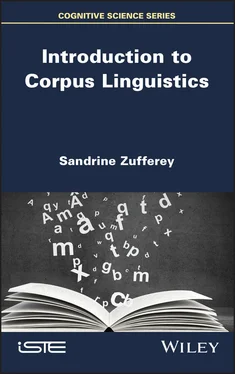



![Andrew Radford - Linguistics An Introduction [Second Edition]](/books/397851/andrew-radford-linguistics-an-introduction-second-thumb.webp)
